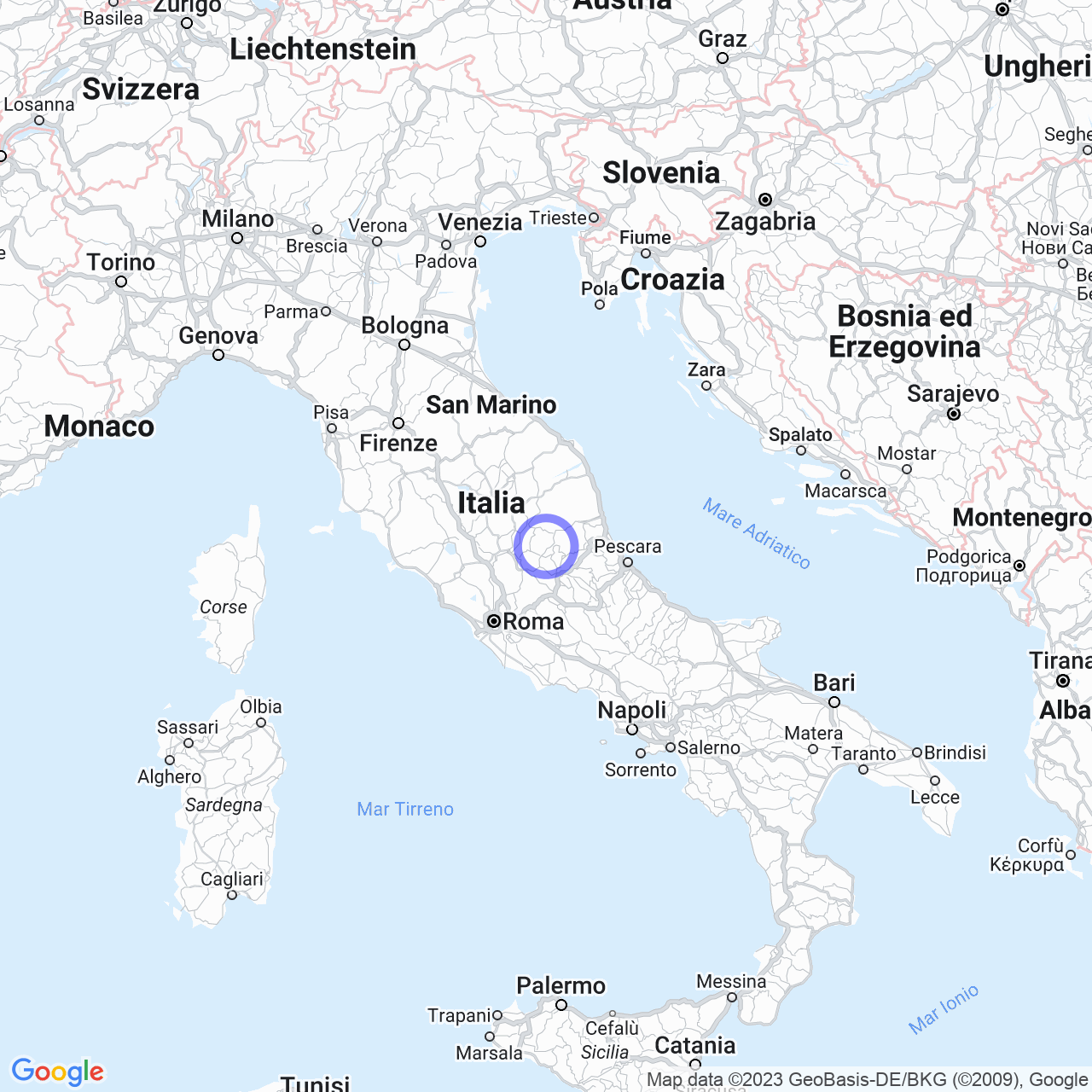Cittareale
Cittareale: a small town between Lazio, Umbria and Abruzzo
Cittareale is a town of 413 inhabitants in the province of Rieti, located in a unique position as it borders two different regions: Umbria to the north and Abruzzo to the south. The municipal territory falls within the Mountains of Alto Lazio, including the notable peaks of Monte Pozzoni, Monte Rota and Monte Arcioni. But Cittareale is not just a town with natural beauty, it's also a place rich in history and culture.
Physical geography

Territory
Cittareale is one of the five municipalities in Lazio that borders with more regions beyond its own. Its municipal territory is delimited by other municipalities in Rieti, such as Picinisco and San Vittore del Lazio, and with Acquapendente and Accumoli. Among the mountains that belong to its territory, there are Monte Pozzoni, which stands at 1,903 meters above sea level, and Monte Rota, which is 1,528.3 meters high.
Climate
Cittareale falls within zone F of the Italian climatic classification, which means it has a cold and temperate climate, with an average annual temperature of 8.7°C. Precipitation is concentrated mainly in autumn and winter months.
History
Cittareale has an ancient history that dates back to the Roman era, when the village of Vicus Phalacrinae was located in the area, and where the emperor Titus Flavius Vespasianus was born. Much of the historical critique has attributed the foundation of Cittareale to Manfred of Sicily in 1261, who built the village on the ruins of an ancient center destroyed by the Saracens. The name Cittareale would have been given by Charles I of Anjou in 1268, when a defensive fortress was built with the purpose of controlling commercial routes linking the Kingdom of Sicily and the Papal States.
Symbols
The coat of arms and the banner of Cittareale were granted by the decree of the President of the Republic in 2000. The banner is a red cloth.
Monuments and places of interest
Religious architecture
The church of San Pietro, in the hamlet of Vetozza, is a place of great historical and religious interest. Built on the ancient Roman temple dedicated to the goddess Vacuna, it is an example of the succession of different architectural styles. The bell tower dates back to the eighteenth century, while the interior of the church houses interesting frescoes and paintings that bear witness to the art and culture of different eras.
Cittareale is a town that fascinates for its geographical location and its history. A place where nature and culture blend together in a unique atmosphere, making it a great destination for tourists looking for authentic and charming places.
